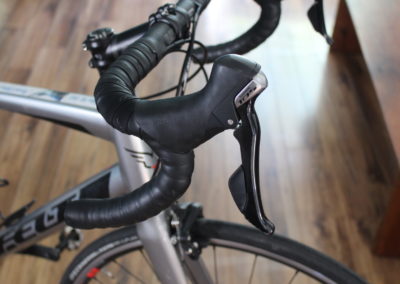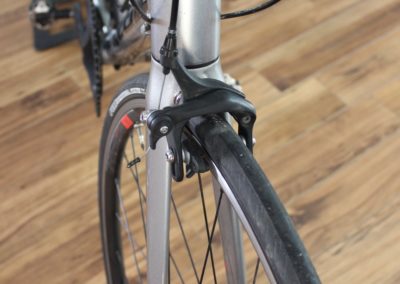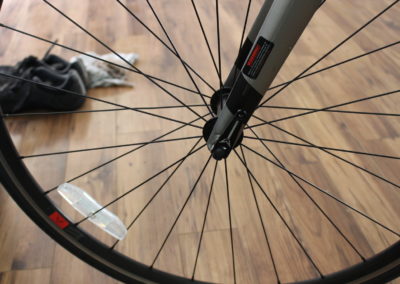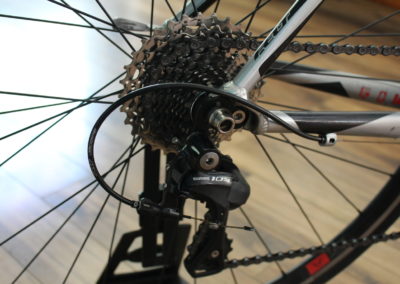What Should I Look for When Assessing My Bike’s Condition?
We recommend you get your bike tuned up at a shop you trust. And, if you’re going to make any changes to your bike, do it a month or two before your tour so you’ve got time to adjust and catch any problems.
Consider the following points when assessing your bike:
- Comfort – On your next long ride, consider your contact points with the bike. Are your seat, grips or pedals causing any discomfort? If so, adjust the positioning. If you’re still noticing discomfort after adjustments, consider swapping out seat, grips or pedals for ones that offer more comfort. Talk with other riders or bike shop staff for recommendations. If renting a bike from us, you may want to consider bringing your own seat if you have found a very comfy one, We’d be happy to install it for you on the rental bike.
- Shifters – Your bike should shift smoothly and quietly.
- Brakes – “You should have confidence in the ability of your brakes to stop you in all conditions, If you’ve got any doubts, take your bike to the shop and have them check cables and brakes.
- Tires – Puncture resistant tires are a must. When purchasing tires, consider the trade off that comes with sturdier tires. Puncture resistant tires are heavier and have higher rolling resistance.
- Fenders – You may want to consider adding a fender to your bike to reduce road splash for rainy days.
Three Easy Tech Tips
Here are some common adjustments most riders can do on their own in preparation for a mountain tour:
- Tire inflation: Make sure your tires are inflated to full recommended pressure. This is something you’re going to want to keep an eye on while touring . Even a 10 psi drop in pressure will affect tire life, the amount of effort required, and the likelihood of getting a flat tire.
- Chain Lubrication: Check this monthly. You may want to lubricate the chain part way through the tour. If you’ve been riding in wet conditions or the chain looks dry or is noisy, it’s time to lubricate it.
- Brakes: “Brake cables stretch, pads wear and brake springs come out of adjustment. Rim brakes are fairly simple to adjust but hub brakes may need a specialist’s attention. Check in with a shop to see if it’s recommended to adjust your own brakes.
If you’re able to make adjustments yourself, be sure to have an Allen key and Philips screwdriver in your under-seat tool kit.
In addition you should have a shop check how well the gears shift and true wheels before heading out on tour.
Keeping your bike clean will be the easiest way to extend the life of your bike and find any potential problems before they catch you out on the road.
Quick release wheels and Tires
Check that the quick release wheel lever is tight and secure, and Tire pressure is correct and that the rubber is in good condition




